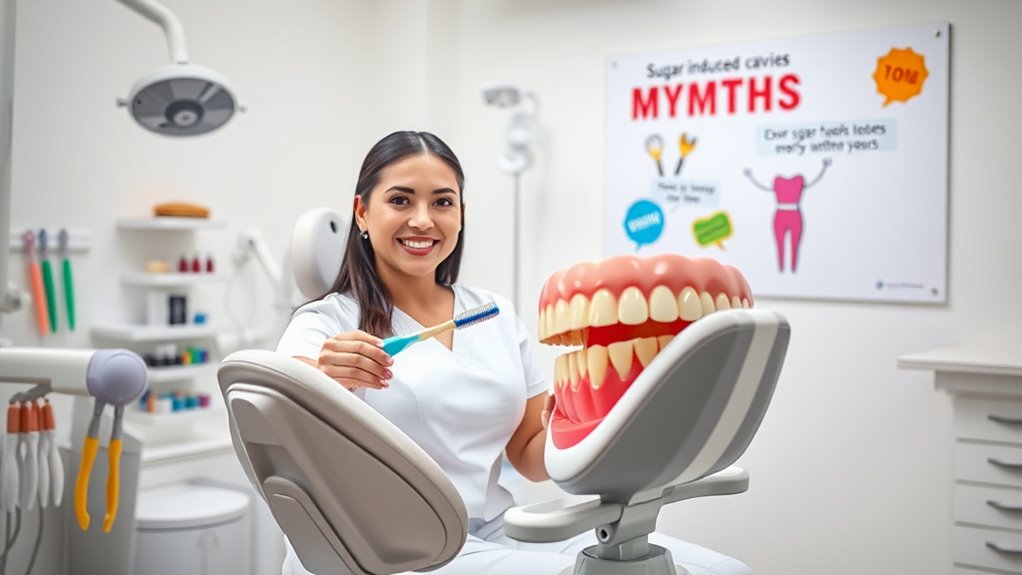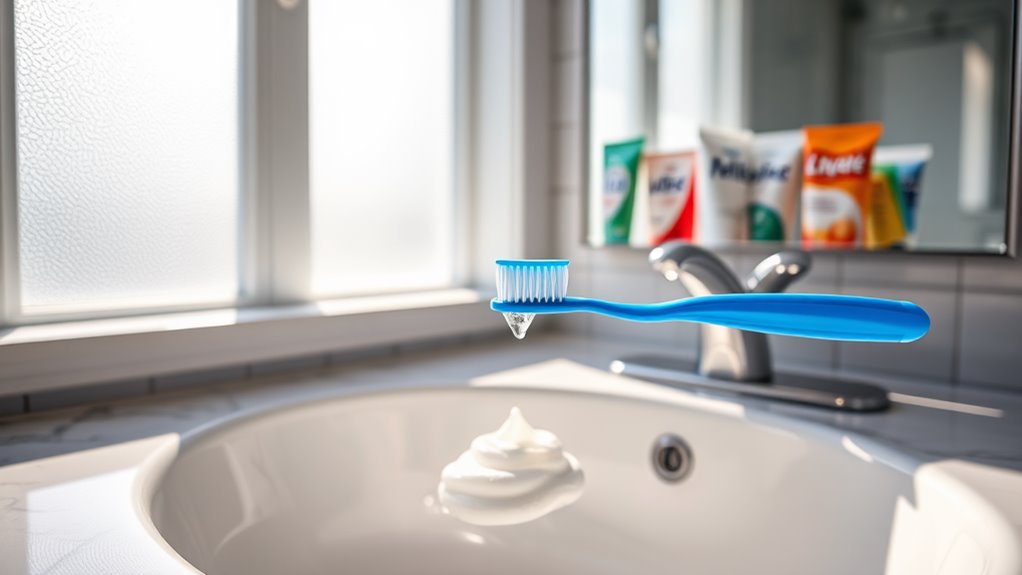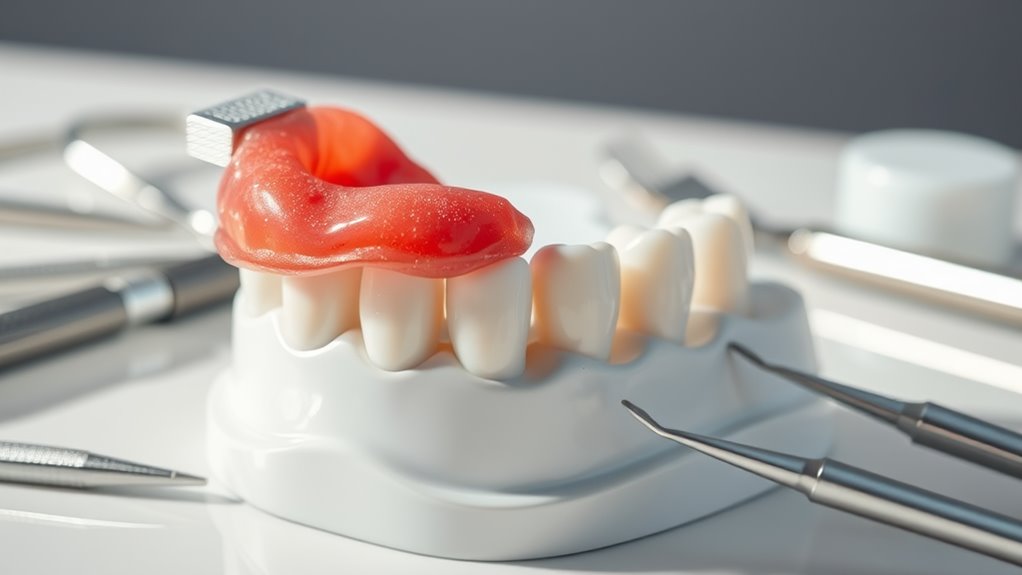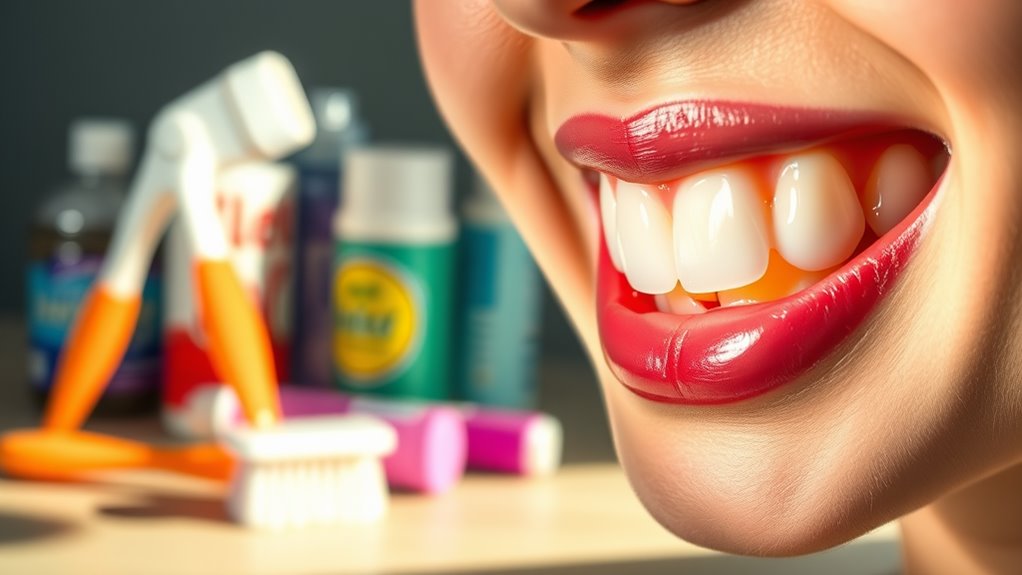5 Dental Myths You Should Stop Believing Today
Key Takeaways
- Brushing harder does not equate to better cleaning; soft brushing with circular motions is more effective and safer for gums and enamel.
- Chewing sugar-free gum does not replace brushing; it freshens breath but lacks fluoride and cannot remove plaque effectively.
- Not all whitening products damage teeth; many safe options exist, but proper usage and research are essential for oral health.
- Regular dental visits are vital for preventing issues, detecting problems early, and maintaining overall dental health, not just for emergencies.
- Many dental procedures are now painless due to advancements in anesthesia, dispelling the myth that all dental work is distressing.
Brushing Harder Cleans Better
Although it might seem logical that brushing harder would lead to cleaner teeth, that’s actually a myth.
Many people believe that applying extra pressure will remove plaque more effectively, but this can harm gums and enamel.
Instead, focus on using a soft-bristled brush and gentle, circular motions. Understanding these common dental myths can help you maintain better oral health without damaging your teeth. Additionally, proper technique involves gentle, circular motions with minimal pressure to ensure the health of both your teeth and gums.
Sugar-Free Gum Replaces Brushing
Many people think that chewing sugar-free gum can take the place of brushing, but that’s a misconception.
Gum can’t fully replace brushing for several reasons:
- It doesn’t remove plaque effectively.
- It lacks fluoride, which helps strengthen enamel.
- Chewing gum only freshens breath, not cleaning between teeth.
For ideal dental health, always stick to a regular brushing routine alongside chewing gum. Additionally, incorporating tongue cleaning into your daily hygiene routine can further enhance your oral health.
Whitening Products Damage Teeth
While you might believe that all whitening products are harmful to your teeth, this isn’t necessarily true. Many products are safe and effective when used responsibly. Understanding the ingredients can help you choose wisely. In particular, chemical reactions in these products can have varying effects on your dental health.
| Product Type | Safety Level | Recommended Use |
|---|---|---|
| Professional Kits | High | As directed by dentist |
| OTC Strips | Moderate | Follow package instructions |
| Whitening Toothpaste | Low | Daily use is safe |
| Natural Remedies | Variable | Research thoroughly |
You Only Need to See a Dentist When There’s a Problem
Seeing a dentist only when a problem arises is a common misconception that can have long-term consequences for your oral health.
Regular visits can help you:
- Prevent issues like cavities and gum disease.
- Detect early signs of oral cancer.
- Maintain overall health through professional cleanings.
Additionally, neglecting regular checkups can lead to higher costs due to the need for extensive treatments if problems are allowed to escalate.
Don’t wait for pain; proactive dental care keeps your smile healthy and bright!
Dental Work Will Always Hurt
Ever wondered why so many people believe dental work is always painful? The truth is, modern dentistry emphasizes patient comfort. With advancements in anesthesia and sedation, discomfort is minimized. Here’s a breakdown of common perceptions about dental pain:
| Perception | Reality | Outcome |
|---|---|---|
| All procedures hurt | Many are painless | Increased comfort |
| Anesthesia causes pain | It’s often numbing | Stress reduced |
| Dentists aren’t gentle | They prioritize care | Positive visits |
Moreover, modern techniques like computer-controlled anesthetic delivery systems can provide nearly painless injections, transforming the overall dental experience.




